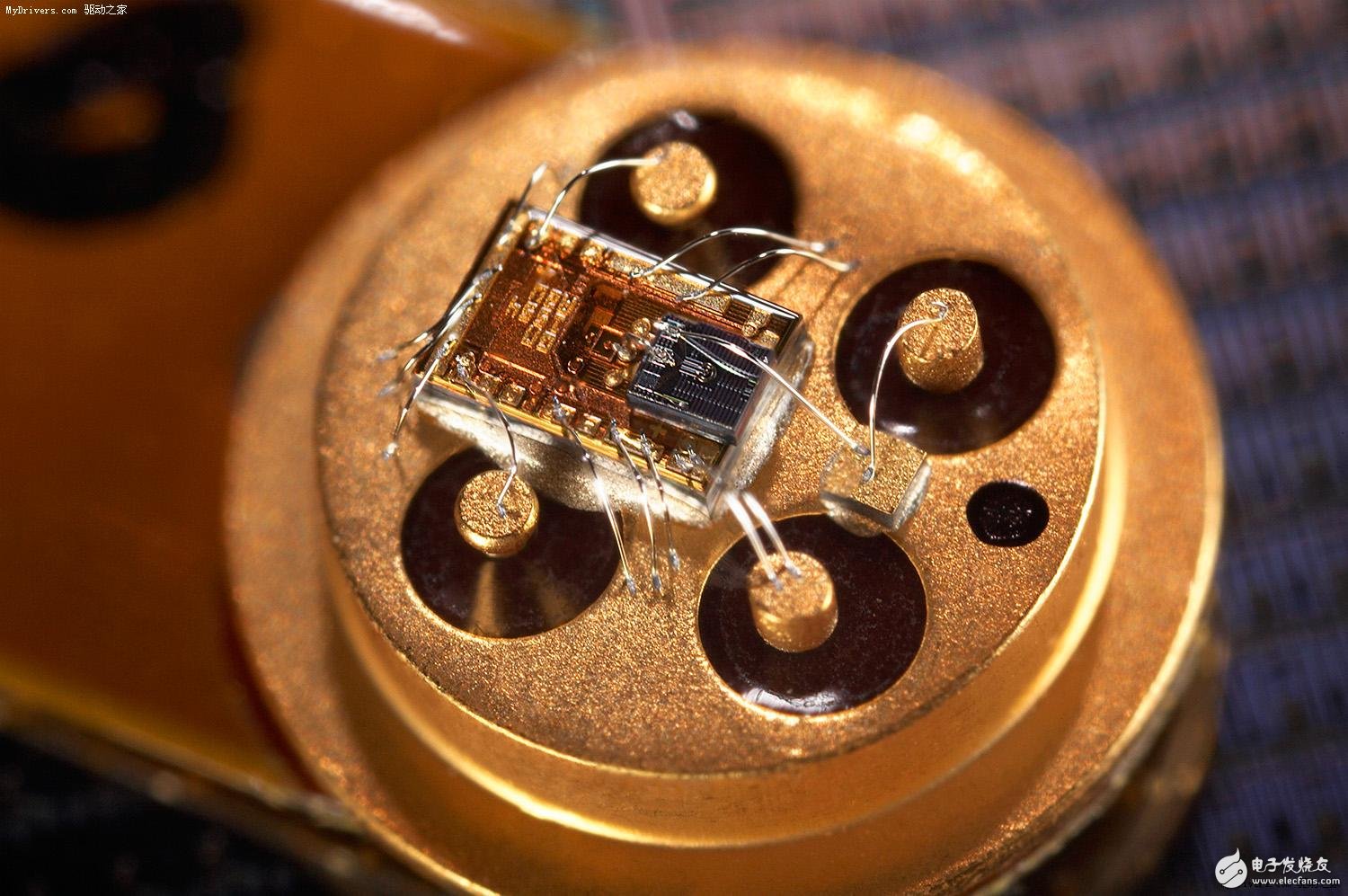Silicon photonics technology is beginning to occupy the highlands again. Following Cisco's acquisition of Lightwire, a silicon (CMOS) photonics technology company, in February 2012, on August 6, 2013, Huawei completed the merger and acquisition of Caliopa, a Belgian silicon photonics technology developer. Huawei will hold 100% ownership of Caliopa. This acquisition is Huawei's increased investment in research and development in Europe, especially in the field of silicon photonics based on photonic technology solutions. This leaves a huge question mark for the industry-is Huawei going to make optical devices?
Caliopa is located in Ghent, Belgium, and is mainly engaged in the research and development of optical modules for silicon photonics technology for the data communication and telecommunications markets. Huawei ’s September 9 press release officially announced this merger. Today, Huawei can be seen on Caliopa ’s website. Logo. Caliopa has not officially released products at this time. On the product page of their website, the company emphasizes that their optical modules are smaller, more integrated, and have lower power consumption.

Intended for long-term benefits
What did Huawei take on Caliopa after acquiring Caliopa? What is Caliopa's strength in silicon photonics technology? As we all know, Intel and IBM are the leaders in silicon optics. The first example of silicon photonics is the cooperative relationship between Molex and Luxtera. How does Molex package the established business based on Luxtera's silicon photonic chips and promote it to the market. Lightwire was acquired by Cisco as early as last year, and Kotura was also acquired by Mellanox for $ 82 million in cash in May this year. A part of Mellanox's market will be captured by Kotura, a silicon-based subsidiary that was acquired. Some industry sources said that Caliopa's silicon photonics technology is not eye-catching, but Caliopa is a development company supported by the European government's scientific research fund, and the European Union has invested heavily in silicon photonics technology research and development.
It is speculated that the more important real value of Huawei's merger and acquisition may be to allow Huawei to accelerate the use of existing research and development resources in Europe, rather than to form an available product immediately.
Silicon optics is popular
The topic of silicon photonics can always cause great controversy. Is this technology really worthy of so much attention? Bill Gartner, Cisco spokesperson and deputy general manager of the high-end routing and optics division, has publicly explained the purpose of Cisco's acquisition of silicon photonics technology, the same as other semiconductor design team acquisitions in the past few years-the optical industry regards silicon photonics as competitive It is one of the material systems that system manufacturers see as one of several specialized forms in the silicon supply chain.
Silicon optics is popular because copper wires and other traditional data transmission carriers often have great limitations when transmitting a certain amount of data, and nothing can be faster than the speed of light. In early September of this year, Intel developed an optical silicon chip that can significantly increase the data transmission rate between the data center and the ultra-large computer cluster. This move marked a fruitful result of the research work of the past decade.
The simple explanation is that Intel has developed a means to put extremely fine laser beams-as well as receivers and transmitters that can convert bidirectionally between electronic signals and optical signals-into a silicon chip, and has also developed With the technology of mass production, the transmission speed of this silicon photonic chip, which came out in early September, can reach 100G per second, compared with the existing transmission level: the standard transmission speed of the expansion slot data line connected to the server on the rack is now 8G per second, and the transmission speed of the Ethernet data cable connecting the rack servers is at most 40G per second.
There is another route for silicon photonics to develop the market. It is to win large cable and connector manufacturers. Silicon photonics can enable OEMs to surpass wiring manufacturers. Even if the market starts slowly, wiring manufacturers can still enjoy the benefits brought by silicon photonics.
All in all, it is not unreasonable that silicon photonics technology is popular in the industry. Perhaps the next revolution in the optical communication industry is led by silicon photonics.
The replacement bulb lamp is a substitute bulb for the projector. The price of the replacement bulb lamp will be more affordable than the original Projector Lamp, and the average life can reach 3000 hours, which is suitable for basic film and television in daily life. The operation is simple and easy to install.
Replacement Bulb Lamp,Projector Bulb,Replacement Original Bulb Lamp,Projector Bulb Lamp
Shenzhen Happybate Trading Co.,LTD , https://www.happybateprojector.com
